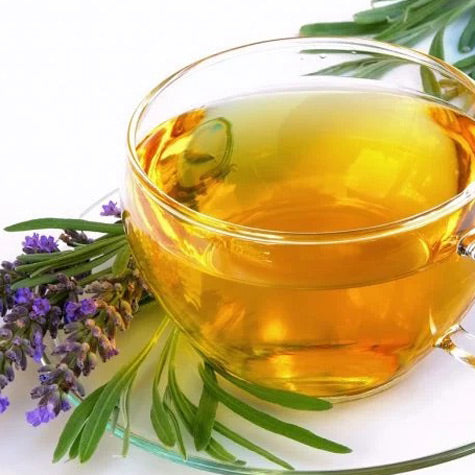
Lavender Tea for Drinking & Bathing
Share
Lavender Tea for Digestive Relief & Aromatherapy for your Bath
Lavandula is a genus of 39 known species of flowering plants in the mint family, Lamiaceae, the most commonly used variety being English Lavender. The use of Lavender goes back thousands of years, with the first recorded uses by the Egyptians during the mummification process. Lavender was also used as an after-bath perfume by the Romans, who gave the herb its name from the Latin lavare, to wash. Lavender oil is extracted mostly from the flowers of the lavender plant, primarily through steam distillation. The flowers of lavender are fragrant in nature and have been used for making potpourri for centuries, but we suggest using them to make your own diy tea drink and to even scent your bath.
According to dermatologists and aromatherapists, lavender essential oil is one of the most beneficial oils in the treatment of acne. Lavender essential oil inhibits the bacteria that cause the initial infection, helps to regulate some of the over-excretion of sebum by hormonal manipulation, and can reduce the signs of scarring after the acne has begun to heal. Adding a small amount of lavender essential oil to other skin creams or ointments can greatly increase the potential for relief and healing. CALM uses lavender as an essential ingredient for many products because it stimulates the growth of new skin cells, tones and balances your skin, while the lovely scent promotes relaxation.
Inducing relaxation is a traditional use of lavender tea, primarily because of the soothing aromatherapy in your bath. However, another common traditional use for lavender tea is for digestive issue relief, including nervous stomach and indigestion.
CALM DIY Beauty Recipes
Lavender can be steeped in hot water for a relaxing drink or added to a bath to create soothing aromatherapy. Where to find lavender flowers? Culinary Grade lavender flowers can be found on Amazon or in specialty tea shops
Instructions: 1 tsp lavender petals per cup of tea, 3 tbsp per bath. If used in bath, best to place in porous bag like cheesecloth, organza draw string etc so that you do not need to clean up the flowers after your relaxing bath.
